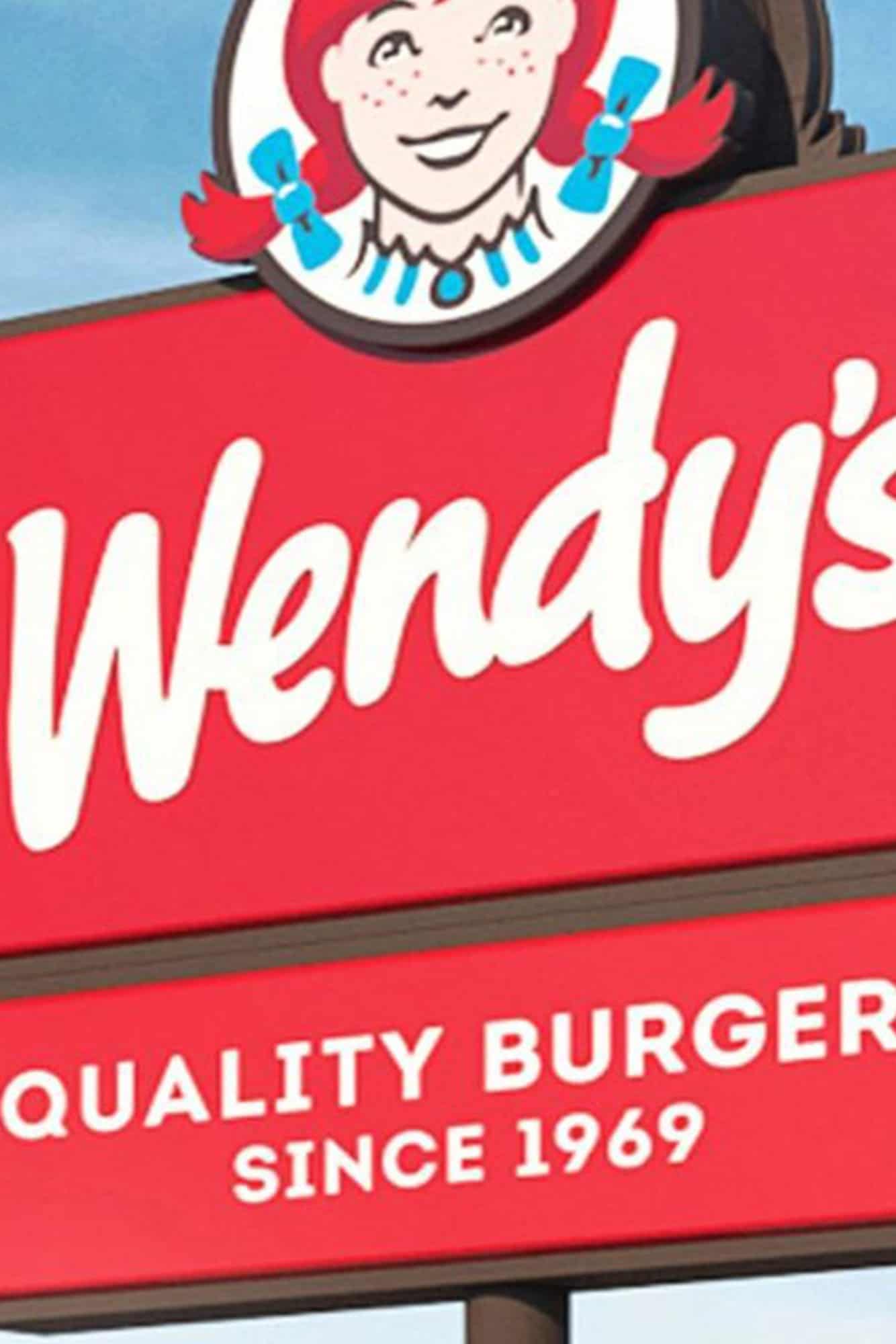On an unassuming street in Florence, Italy is an apartment building. Names of its occupants are printed under the buzzers, but there’s no obvious sign for Giuliano Ricchi’s quaint jewellery shop. It’s a hidden place that only locals would know about, or perhaps tourists through word-of-mouth recommendations. I found it through TikTok and when a gaggle of girls entered the shop as I paid, I asked one how she knew about it and the answer was also TikTok. Unsurprising – after all, a video posted in June 2023 showing the store has more than 6.2 million views and nearly one million likes.
Restaurants, bakeries and cafes are particularly affected by the TikTok generation. Nowadays, when you’re exploring a major city, if there’s a queue outside a food place, expect that most people learned about it thanks to social media. As journalist Moya Lothian-McLean asked on X (formerly Twitter): “Is it TikTok that [is] making queues for certain London food spots untenable? I swear they weren’t that bad before”. The answer is yes. Gone are the days of guidebooks – social media provides all the recommendations (for free), meaning millions of people want to try the exact same place.
Travel planned by TikTok
TikTok is the new Google and for those wanting to eat or shop like a local, travellers are turning to the short-form video app to plan their trips. Only the places they’re visiting aren’t where locals go – at least, not any more, thanks to the crowds. While it can be great for businesses, it also makes the experience less authentic. With TikTok, you’re not discovering a hidden gem – you’re visiting an overcrowded hotspot that may or may not be worth the hype. It’s a gamble and you have to be willing to queue to find out.
Want to try the viral chocolate-covered strawberries at Borough Market? Join the queue. The restaurant Tonnarello in Rome? Long queue. Folderol, a natural wine bar and ice cream store in Paris? Queues and they have a “no TikTok” sign. The list goes on.
Social media apps such as Instagram also play a role in highlighting these places, but TikTok is arguably the main culprit. According to US PR agency MGH’s 2023 TikTok survey, 60% of respondents said they became interested in visiting a new destination (including cities, beaches and parks) after seeing TikTok content about it, and 35% of people went on to visit a location after seeing it on the short-form video app.
You may also like
Using TikTok to plan a trip is a double-edged sword. You might discover mouth-watering food at a local restaurant or a cool vintage shop, but you could also queue for more than 30 minutes for an overrated and overpriced restaurant or food stall.
For some people, queuing is part of the experience and can lead to freebies and meeting new and interesting people. Dishoom has been known to hand out free chai to those waiting, while during Glossier’s initial pop-up on Floral Street in Covent Garden, workers passed out stickers, and at Lazy Oaf’s sample sales, the brand has brought around sweets.
Social media is key to helping small and local businesses go viral and increase customers, but it comes at a price – Folderol told The New York Times that the police have been called four times due to the crowd. While it’s good that people aren’t gatekeeping these places, this writer is worried about what may happen to her favourite Saturday treat when TikTok discovers her local bakery, and what dangers TikTok virality may bring next.
By Caroline Edwards, CORQ news and features writer.










